Ethyl 3-phenyl-2-propynoate

Ethyl 3-phenyl-2-propynoate structure
|
Common Name | Ethyl 3-phenyl-2-propynoate | ||
|---|---|---|---|---|
| CAS Number | 2216-94-6 | Molecular Weight | 174.196 | |
| Density | 1.1±0.1 g/cm3 | Boiling Point | 265.0±9.0 °C at 760 mmHg | |
| Molecular Formula | C11H10O2 | Melting Point | N/A | |
| MSDS | Chinese USA | Flash Point | 124.9±6.7 °C | |
| Name | ethyl 3-phenylprop-2-ynoate |
|---|---|
| Synonym | More Synonyms |
| Density | 1.1±0.1 g/cm3 |
|---|---|
| Boiling Point | 265.0±9.0 °C at 760 mmHg |
| Molecular Formula | C11H10O2 |
| Molecular Weight | 174.196 |
| Flash Point | 124.9±6.7 °C |
| Exact Mass | 174.068085 |
| PSA | 26.30000 |
| LogP | 3.72 |
| Vapour Pressure | 0.0±0.5 mmHg at 25°C |
| Index of Refraction | 1.538 |
| InChIKey | ACJOYTKWHPEIHW-UHFFFAOYSA-N |
| SMILES | CCOC(=O)C#Cc1ccccc1 |
| Storage condition | 2-8°C |
CHEMICAL IDENTIFICATION
HEALTH HAZARD DATAACUTE TOXICITY DATA
MUTATION DATA
|
| Precursor 10 | |
|---|---|
| DownStream 9 | |
| HS Code | 2916399090 |
|---|---|
| Summary | 2916399090 other aromatic monocarboxylic acids, their anhydrides, halides, peroxides, peroxyacids and their derivatives VAT:17.0% Tax rebate rate:9.0% Supervision conditions:none MFN tariff:6.5% General tariff:30.0% |
|
Overexpression of three ubiquitin genes in mouse epidermal tumors is associated with enhanced cellular proliferation and stress.
Cell Growth Differ. 3(5) , 269-78, (1992) A mouse ubiquitin clone that recognizes multiple transcripts overexpressed in murine tumors compared to normal epidermis was isolated by differential screening of complementary DNA libraries from mous... |
|
|
Changes in cytokeratins following treatment of hamster cheek pouch epithelia with hyperplastic or neoplastic agents.
J. Oral. Pathol. Med. 23(4) , 149-55, (1994) The effects of four different hyperplastic agents and of the carcinogen DMBA on cytokeratin expression in hamster cheek pouch epithelia were compared. Reversible hyperplasia was produced by the applic... |
|
|
Benzoyl peroxide activation of protein kinase C activity in epidermal cell membranes.
Carcinogenesis 8(12) , 1871-4, (1987) We have investigated the effects of various tumor promoting agents on protein kinase C activity in adult female SENCAR mice. Topical application of benzoyl peroxide increased the calcium-independent a... |
| phenylethynylcarboxylic ethyl ester |
| 2-Propynoic acid, 3-phenyl-, ethyl ester |
| ethyl 3-phenylprop-2-ynoate |
| Ethyl Phenylpropiolate |
| 2-Propynoic acid, 3-phenyl-, ethyl ester (9CI) |
| Ethylphenylpropiolate |
| Ethyl phenylacetylenecarboxylate |
| Phenylpropargylic Acid Ethyl Ester |
| Ethyl 3-phenyl-2-propynoate |
| MFCD00009185 |
| Ethyl phenylpropriolate |
| EINECS 218-703-8 |
| ethyl 3-phenyl-1-propynecarboxylate |
| phenylacetylenecarboxylic acid ethyl ester |
| Ethyl phenylpropynoate |
| Ethyl 3-phenylpropynoate |
| Ethyl Phenylpropargylate |
| Ethyl 3-phenylpropiolate |
| Phenylpropiolic Acid Ethyl Ester |
 CAS#:623-47-2
CAS#:623-47-2 CAS#:98-80-6
CAS#:98-80-6 CAS#:541-41-3
CAS#:541-41-3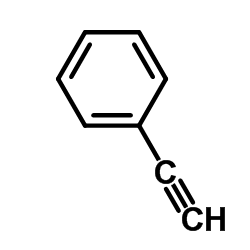 CAS#:536-74-3
CAS#:536-74-3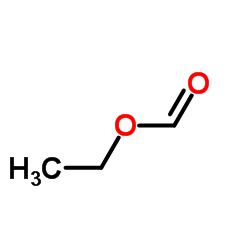 CAS#:109-94-4
CAS#:109-94-4 CAS#:2996-92-1
CAS#:2996-92-1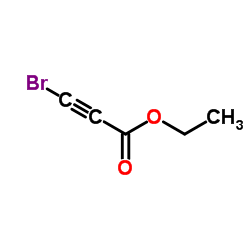 CAS#:41658-03-1
CAS#:41658-03-1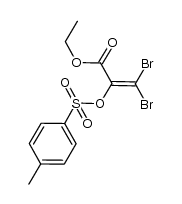 CAS#:1003322-15-3
CAS#:1003322-15-3 CAS#:64-17-5
CAS#:64-17-5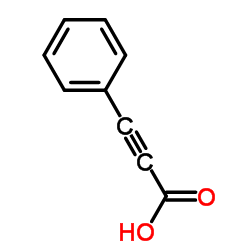 CAS#:637-44-5
CAS#:637-44-5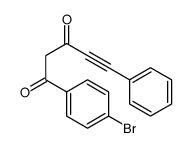 CAS#:107451-80-9
CAS#:107451-80-9 CAS#:71637-95-1
CAS#:71637-95-1 CAS#:107451-77-4
CAS#:107451-77-4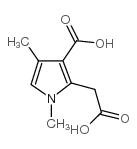 CAS#:33369-45-8
CAS#:33369-45-8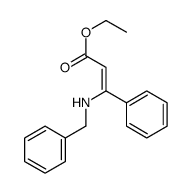 CAS#:14191-09-4
CAS#:14191-09-4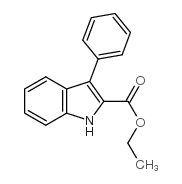 CAS#:37129-23-0
CAS#:37129-23-0 CAS#:36779-16-5
CAS#:36779-16-5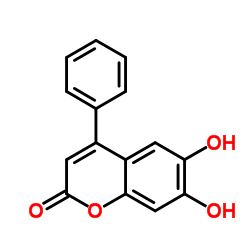 CAS#:482-82-6
CAS#:482-82-6 CAS#:1719-19-3
CAS#:1719-19-3
